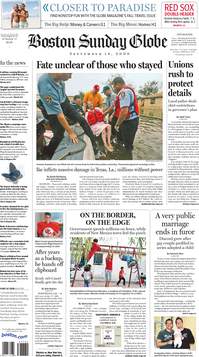
Complete article @ following URL:
http://www.boston.com/news/local/articles/2008/09/14/returning_to_flight
Returning to flight
Efforts of New England biologists help usher in rebirth of the endangered Karner blue butterfly
By Michael Levenson
Globe Staff / September 14, 2008
CONCORD, N.H. - Two biologists crawled through a field thick with blueberry, black chokeberry, and scrub oak, searching for butterfly eggs the size of pinheads.
[ ... ]
In 1943, the butterfly was classified more precisely by the writer Vladimir Nabokov, who worked from 1941 to 1948 as a curator of the butterfly collection at Harvard's Museum of Comparative Zoology. Nabokov gave the Karner its scientific name, Lycaeides melissa samuelis, and, in the novel "Pnin," describes how Karners "fluttered around like blue snowflakes before settling again."
"Even though my father was not a 'joiner' of organizations, associations, or clubs, I can say with certainty that, as an individual, he would have staunchly continued to encourage the efforts to preserve the Karner Blue and its habitat," Nabokov's son, Dmitri, said in an e-mail to the Globe.
Vladimir Nabokov netted his first Karner near Albany in 1950, according to the book "Nabokov's Butterflies," but by then the population was declining. Decades of residential development, road and airport construction, and sand and gravel mining had destroyed much of the nation's barrens and savannas.
[ ... ]
"It has a degree of celebrity now, and I think that's heightened by the fact that Nabokov described it," said Robert E. Dirig, curator of the mycology herbarium at Cornell University, who corresponded with Nabokov about the Karner before the author's death in 1977. "It's a very small butterfly, and it has such a big impact on conservation. It became an early icon of pine barrens preservation."
[ ... ]


